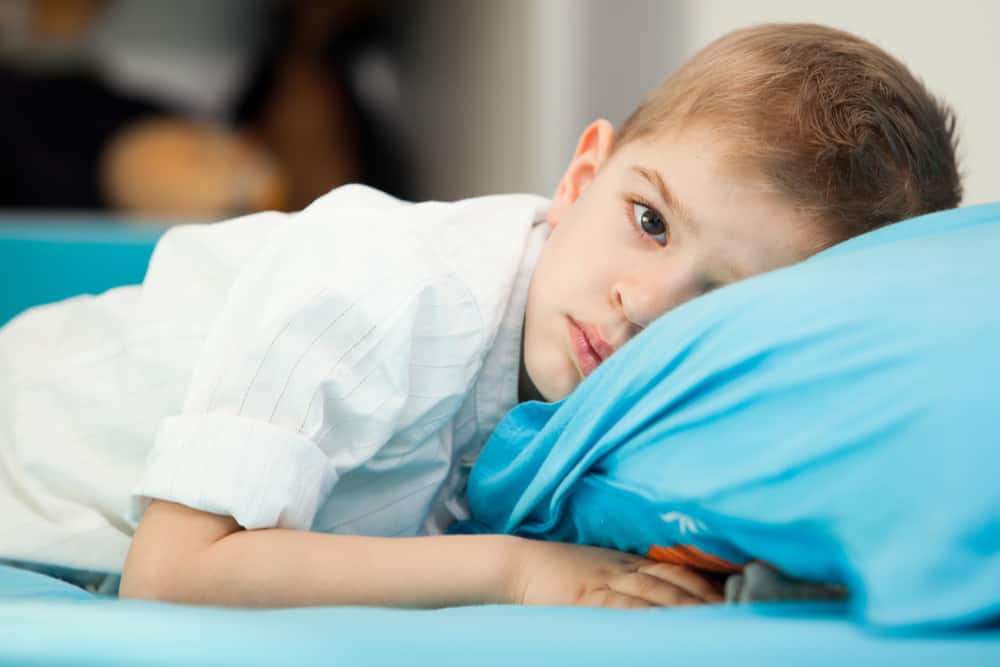
Table of Contents
Did your toddler get cranky in the middle of the afternoon nap because they’re having severe pain in their legs or arms? They might be grumpy or in severe cases stroke and stroke their arms and legs. These are probably growing pains in toddlers, which are very common in toddlers.
But what causes growing pains in toddlers’ legs or arms? And more importantly, what can you do for growing pains in toddlers? Let’s find out!
However, parenthoodbliss researched more on growing pain in toddlers, Let’s find out!
Growing Pains In Toddlers: What Is It?
Growing pains in toddlers can begin as early as the age of two. However, they normally begin between the ages of three and five.
Growing pains in toddlers are similar to those experienced by older children in terms of hurting and throbbing. And the pain may lead your child to wake up in the middle of the night.
Growing Pains In Toddlers: Causes
So the first question, that’d come to your mind is, what causes growing pains in toddlers? But the truth is, the main reason behind growing pains is yet to be recognized. And even though they are called ‘growing’ pains, there is no medical evidence if this has anything to do with bone growth.
One logical explanation for growing pains in toddlers is the overuse of muscles. This can happen due to normal everyday activities, like running, jumping around, and this is what causes strain on the muscles.
You may also read: best Vitamins for Kids
Symptoms Of Growing Pains In Toddlers
Growing pains, commonly in the legs of toddlers, are a throbbing, painful sensation. The discomfort fluctuates, but primarily occurs late in the afternoon, at night, or evening and disappears by morning.
Apart from legs, growing pains also affect knees, back, and arms. Here are the signs of growing pains in toddlers:
1. Leg Pain
As mentioned, growing pains in toddlers’ legs are the most common types of growing pains. The common areas of pain in the legs are:
-Front of thighs
-Calves
-Shins
-Back of knees
2. Knee Pain
Knee growing pains are commonly felt behind the knee, and not on the joints. The discomfort will almost never be in the joint, and the joint should appear normal. It could be an indication of juvenile idiopathic arthritis if you observe that the joint hurt or there are signs of redness, swelling, or is heated.
3. Arm Pain
If you observe that your child experiences growing pains in one arm, it’s likely that they’ll have them in both. Also, arm pain is mostly accompanied by leg pain if the cause of pain is growing pain.
4. Back Pain
Back pain is not among the common symptoms of growing pains in toddlers. But even if your toddler is having pain in the back it could be caused by poor sitting or standing posture or strain in one or many muscles.
However, it could also be an indication of a more serious underlying condition, more so if the discomfort persists for longer than a couple of days or worsens. In this case, you must take your little one to the doctor.
Growing Pains In Toddlers: Diagnosis
rowing pains do not have any particular medical test. Doctors diagnose them depending on the symptoms of growing pains in toddlers. Here’s how you can diagnose if the pain is growing pain:
-Your toddler is in good health but suffers from nighttime pain that can be relieved with massage, heat, and over-the-counter pain relievers
-If your little one is active during the day and is pain-free, as a preventive measure you can take them to the doctor for a routine physical examination
If the signs of growing pains in toddlers are repetitive and continue for a long time, your doctor might conduct blood tests and X-rays to rule out alternative possibilities.
What Can You Do For Growing Pains In Toddlers?
Seeing your child in pain can be tough for you. Naturally, the one question that’ll be on your mind is what can you do for growing pains in toddlers?
Growing pains do not have a specific remedy. But there are a few things that can be helpful in relieving the signs of growing pains in toddlers:
-Massage and stretch your child’s legs
-Ibuprofen and other pain relievers
-Vitamin C – increase the dose and sources
Note: Do not give aspirin to children, especially if they are young or have a viral infection, as it can cause Reye’s syndrome, an uncommon but deadly disorder.
If your child’s growing pains keep them awake at night, you can give them a longer-acting pain killer like naproxen.
When Should You Call A Doctor For These Growing Pains In Toddlers?
The majority of the growing pains are minimal and will subside on their own. However, if your child exhibits any of the following signs and symptoms, he or she should seek medical attention:
-Frequent pain
-Pain due to external injury
-Pain hindering your toddler’s regular activities
-Pain in a particular area or side
-Joint pain, or red and swollen joints
-Pain lasts longer than a few hours
-Fever
-Rashes
-Weakness and fatigue
-Appetite loss and weight loss
Contact your child’s doctor immediately, if you observe any of these
Final Thoughts
Growing pains in toddlers do not cause any severe issues and go away as soon as the child reaches teenage. The greatest ways to relieve your child’s pain include massage, stretching, and over-the-counter pain relievers.
There are, however, some underlying illnesses that have identical symptoms and can be dangerous. If your child’s discomfort is interfering with their everyday activities or they have any of the symptoms stated above, you should take them to a doctor.
Symptoms Of Growing Pains In Toddlers & How To Deal With It FAQs
1) How long do growing pains last?
2) What are the signs of growing pains in toddlers?
3) At what age do you get growing pains?
4) How can I ease growing pains?
Reviewed By :

Nimrat Sidhu - Pediatration
Dr. Nimrat S Sidhu is a practicing pediatrician for about 5 years now and holds an MD pediatrics degree. She was the topper of her batch, has always had a keen interest in her core medical field, and is specially trained for neonatal resuscitation.
She has published multiple research papers on pediatrics and is interested in topics like Neonatal care, skincare, baby growth, vaccination, growth, and development.




